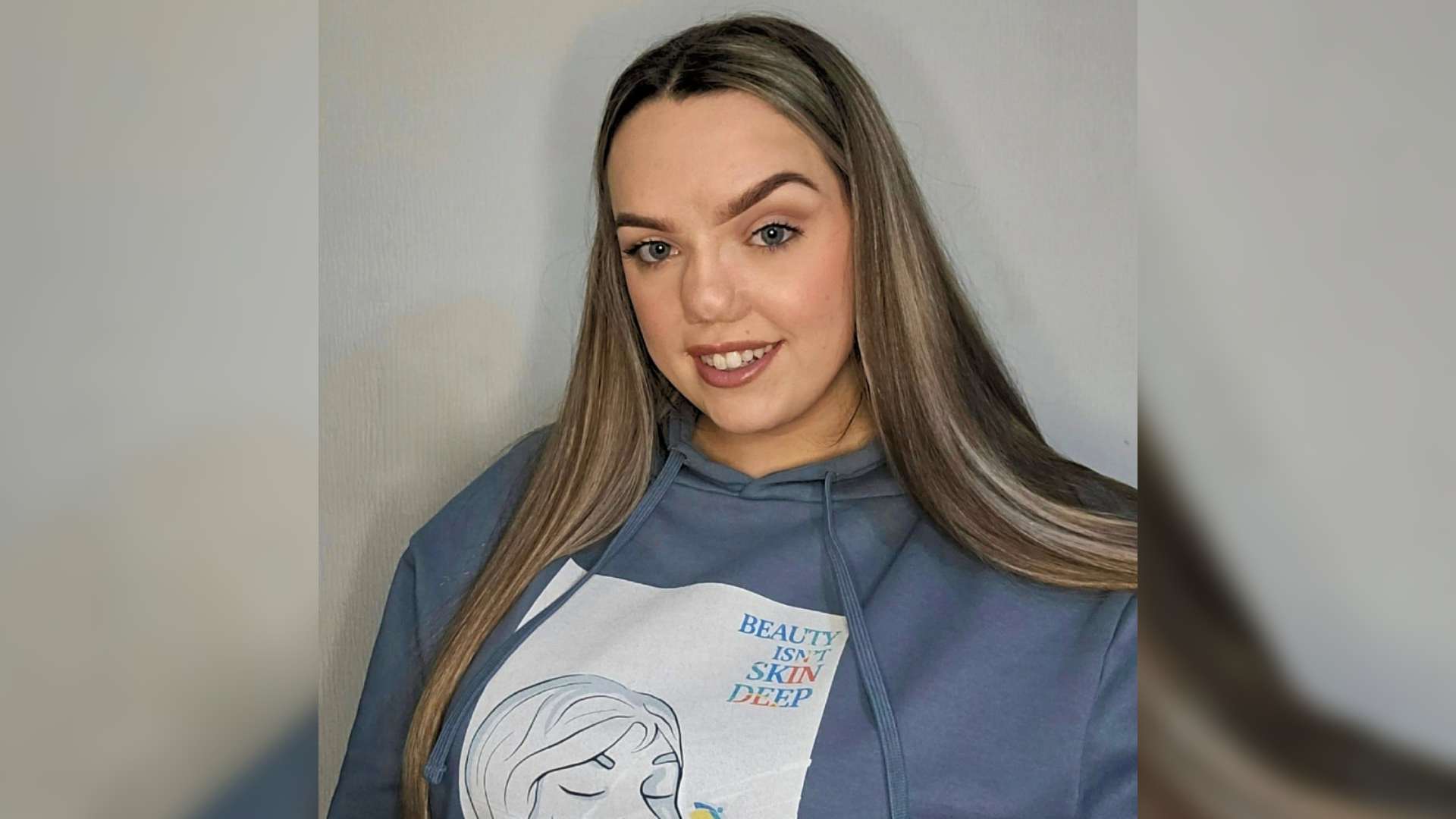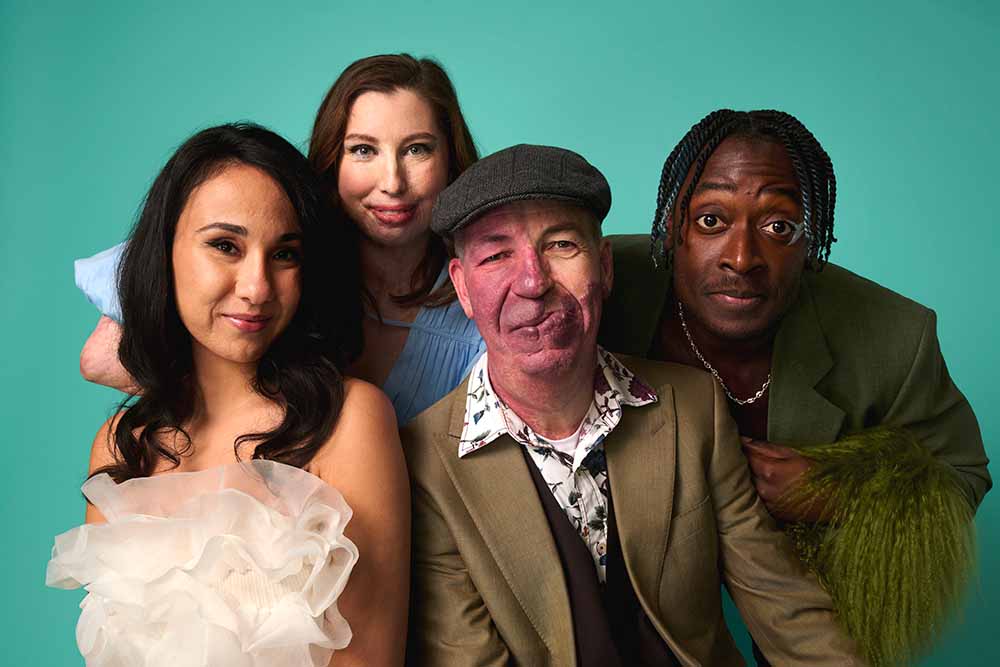Whether in advertising, social media, film, or television, seeing visible differences represented in everyday media can have a positive impact on those living with a visible difference. It all comes down to feeling valued and seen.
However, visible difference representation is still somewhat rare, especially in marketing, where brands are just starting to catch on. With nearly one in five people in the UK identifying as having a visible difference, it’s time to challenge society’s ideas of beauty. Better representation is not just about empowering people with facial differences, but a step toward greater inclusivity is something that most consumers want to see too. In fact, over three-fifths of people would like to see more people with visible differences represented in popular culture.
Inclusion is not a trend; it should be a key element of a brand and its overall marketing strategy.
People with visible differences often face stigma which affects how they are treated by others and how they see themselves. People with visible differences may feel alone, or like they are being treated differently from others, because of stigma.
Brands have a responsibility to prioritise representation and integrate more inclusive marketing into their daily activities to reduce the stigma associated with visible differences and create a more tolerant society.
How can your brand be part of positive change?
1. Make authentic representation a priority
By incorporating models with visible differences into their everyday marketing, brands can show a genuine commitment to authentic representation. Use diverse-looking individuals in a variety of advertisements rather than creating one-off ‘inclusive’ campaigns that highlight differences. This will reduce stigma associated with visible differences by normalising them.
2. Make all marketing channels inclusive
Models with visible differences should be used by brands as ambassadors, in digital campaigns, and in out-of-home advertising to make a real impact. In the media, greater representation contributes to the normalisation of visible differences. By collaborating with social media influencers who have visible differences, representation is widened and authentic connections with audiences are made.
3. Break stereotypes with positive representation
Regularly representing visible differences in marketing helps to reshape public attitudes and defy stereotypes. Through featuring diverse-looking models in everyday marketing, brands can help shift reactions to visible differences – minimising stigma and discrimination. Focus on empowering individuals to be themselves, rather than creating feelings of sympathy, to further reinforce the normalisation of visible differences.
4. Incorporate inclusion into your brand identity
Inclusion is not a trend; it should be a key element of a brand and its overall marketing strategy. Today’s consumers favour socially responsible brands that prioritise diversity. Representation of visible differences should be woven into your brand identity, not just to follow trends by creating an ‘inclusive’ campaign.
Brands that are getting it right:
- Dove has always promoted diversity in beauty, but they have also made efforts to incorporate visible differences into their advertising. The photographs in their #ProjectShowUs campaign challenge beauty standards and break stereotypes.
- EE has shown their commitment to diversity by featuring congenital amputee model Ashley Young in their advertisements. The representation can be seen in a variety of media including on billboards, social media and TV ads.
- MAC Cosmetics have been making strides in inclusive marketing, featuring models and ambassadors with visible differences – including models with vitiligo.
- La Roche Posay addressed the topic of skin health by showcasing models with acne and one who had a burn injury scar as part of their Skin Life Changers campaign.
- Primark have created an adaptive fashion line to make sure as many people as possible have access to the clothes they want to wear. People with disabilities and visible differences were included in promoting this range.
Changing Faces offers resources for brands and has developed campaigns surrounding inclusive marketing and media representation, including the recent A Face for Radio campaign. Find out more about A Face for Radio.

